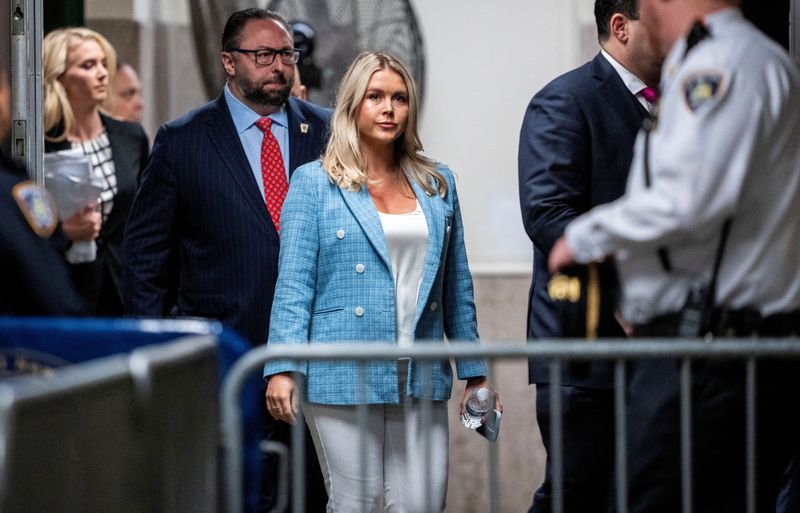In a significant move, President-elect Donald Trump has appointed Karoline Leavitt, a 27-year-old former assistant press secretary, as his White House press secretary. This choice highlights Trump’s preference for youthful vigor and strong defenders within his inner circle. Leavitt has built a reputation for herself by consistently defending Trump in interviews with a combative style that resonates with his base. Her appointment not only positions her as the youngest press secretary in U.S. history—surpassing the previous record held by Ron Ziegler—but also places her at the forefront of Trump’s communication strategy as he seeks to further his “Make America Great Again” agenda.
The role of the press secretary is inherently challenging, as it requires balancing the dissemination of reliable information to the public with the loyalty owed to the president. Trump’s endorsement of Leavitt underscores his confidence in her ability to navigate these complexities, and while she will need to establish credibility with the press corps, her track record suggests she will maintain strong allegiance to Trump. This dynamic will be crucial, especially in the context of the often contentious relationship between the media and the Trump administration.
Leavitt’s past experiences have prepared her well for this role. After serving as an assistant press secretary during Trump’s first term from 2017 to 2021, she transitioned to a significant role as the communications director for Republican Representative Elise Stefanik, who has since been chosen by Trump to be the U.S. ambassador to the United Nations. Notably, Leavitt also ran for the House of Representatives in New Hampshire, winning her party’s primary before losing the general election. This experience likely honed her public speaking and campaign strategy skills, both vital for her new position.
Trump’s previous terms in office were marked by a revolving door of press secretaries, with each facing their own trials in engaging with an often skeptical media. Sean Spicer’s contentious and factually incorrect claims about Trump’s inauguration crowd size created lasting tensions. This was followed by Sarah Sanders, who, despite initial challenges, earned praise from Trump for her performances. Subsequent press secretaries Stephanie Grisham and Kayleigh McEnany also struggled with varying degrees of success under Trump’s scrutiny, particularly amid the pandemic and significant national events.
Leavitt’s appointment comes at a time when Trump’s administration will need to return to a more assertive communication strategy to counteract narratives shaped by the media. This is particularly relevant in light of the relations between the past administration under President Biden and the press, which have seen consistency with two press secretaries—Jen Psaki and Karine Jean-Pierre—both of whom have exercised different communication styles. This context is vital for understanding the pressures and expectations Leavitt will face as she steps into the role amid a polarized political landscape.
Ultimately, Karoline Leavitt’s selection as press secretary not only emphasizes Trump’s desire for loyalty but also reflects a broader strategy to reassert his narrative and engage effectively with a challenging media environment. As the youngest person to take on this role, her performance will be closely watched, not just for how she conveys Trump’s message, but also for how she attempts to build bridges with the press while upholding the administration’s stance. Her previous experience and forthright manner have positioned her to tackle the challenges ahead and potentially reshape the press secretary’s role in the current political climate.

